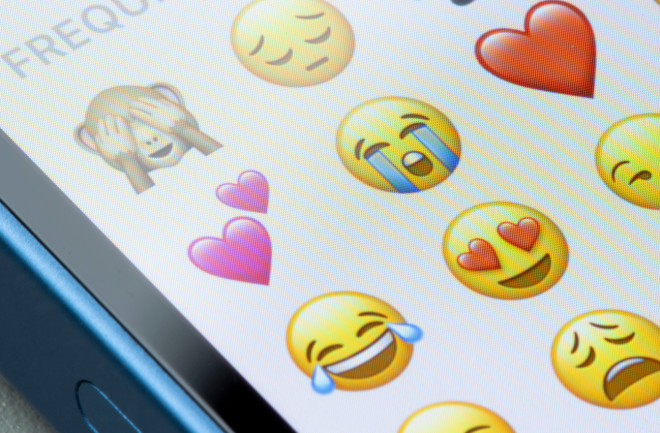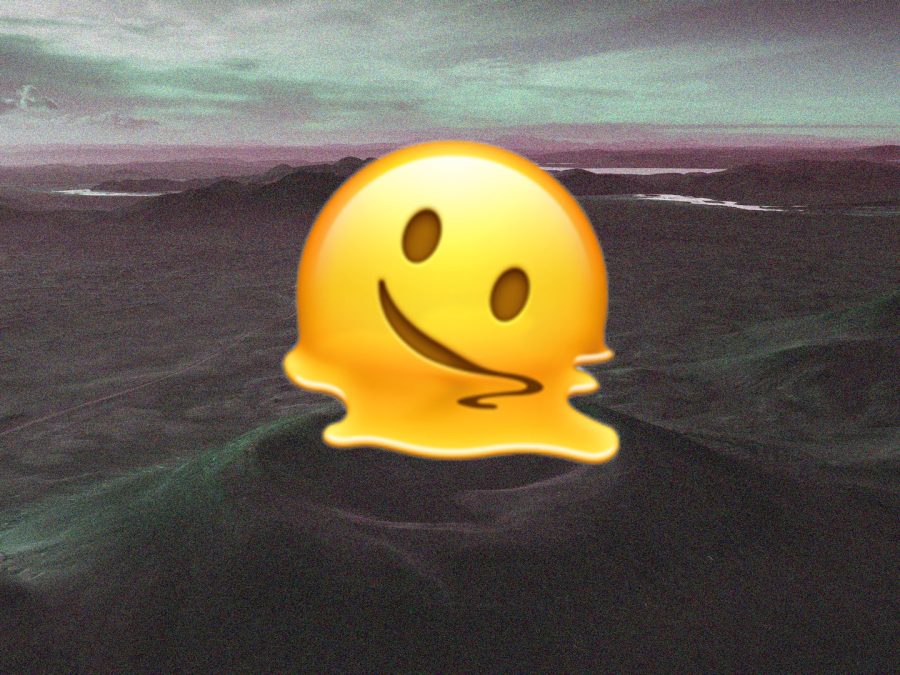What is Encoding and Decoding?
Encoding is where a message is converted into a different code or language to its initial form in order to present it to an audience in a more secure way, whereas decoding is the complete opposite. Decoding is the process of taking an encoded message and interpreting what message is being conveyed. Encoding and decoding can be seen in the use of semiotics, which is the study of how a message is created and communicated. In semiotics there is a signifier and a signified, the signifier is the object, image, or icon that is being represented, and the signified being what the sign actually refers to, e.g. Stop sign is a signifier, the action to stop driving on the road is a signified.
Encoded and decoded messages is an idea that was coined by Stuart Hall in 1973 in his ‘Encoding and Decoding in the Television Discourse’ study. He believes that media producers encode messages to convey a particular story or meaning, which the audience takes in and decodes (breaks down and interprets) in different ways. The image below shows how they work in diagraph form

How is encoding and decoding being seen in real-life
A perfect example of how encoding and decoding are used in real life, especially in recent years with the rise of social media and SMS texting is the use of emojis and emoticons. Emoticons, short for emotion icon, are a collection of punctuation marks, letters, and numbers that are used to create facial expressions (e.g. :), :(, (^_^), etc). Emoticons later evolved to the emojis that we see used today all over social media and text messagesThese icons are used in various different ways to convey different messages which different people can decode differently, for example, the ‘crying emoji’ (ðŸ˜) is known to most as a way to show their affection and sadness, however, there is a large subdivision of younger people online that have taken it and switched the meaning to laughing uncontrollably, which could create a lot of awkward confusion if interpreted the wrong way. Other examples of this include the eyes, aubergine and peach emojis, which over the course of the last decade, have been used to convey sexual and flirtatious meanings, rather than their original, literal signified meaning.

The increased usage of emojis over the years has encouraged individuals to create emoji encyclopaedia websites such as Emojipedia and Emoji Hub to teach people of the meanings of all the emojis in the emoji Unicode and where they come from/their origins. These websites have become increasingly popular, with emojipedia.org reaching nearly 23 million users in October 2023 alone (as per semrush.com), as people have used emojis more to tell stories and denote messages.
In conclusion, I believe that Stuart Hall’s theory of Reception, and in particular encoding and decoding messages is a relevant and accurate way to describe how people communicate, either with each other or through media or regulation, and can be used to explain how emojis are used in today’s society.


I really enjoyed your example of emojis used to explain about encoding and decoding. I agree that the crying emoji which its original intended use is for when trying to let others know that you’re feeling sad is now being distorted by the younger generations who use it as a form of laughing so hard that they’re tearing. Or even with my friends we sometimes use it ironically as a form of exaggeration. So it was really interesting to see that even emojis can be applied to the encoding and decoding theory.
This blog was an interesting read! Even though I was well aware that there was a shift in meaning of the crying emoji, I never realised how much it reflected Hall’s emphasis of fluid interpretation. I agree that now, the crying emoji is used to express uncontrollable laughter and to think that it would be more uncommon for people to decode as an expression of sadness is really bizarre, I really wonder what other emojis would start to be interpreted differently in the future!
I liked your application of Stuart Hall’s ideas of encoding and decoding to a modern day example. Your explanation of the ‘crying emoji’ makes a clear example of how audiences continue to have the agency to subvert ‘fixed’ meanings. It has left me wondering whether emojis will eventually be considered as their own kind of independent language of sorts.